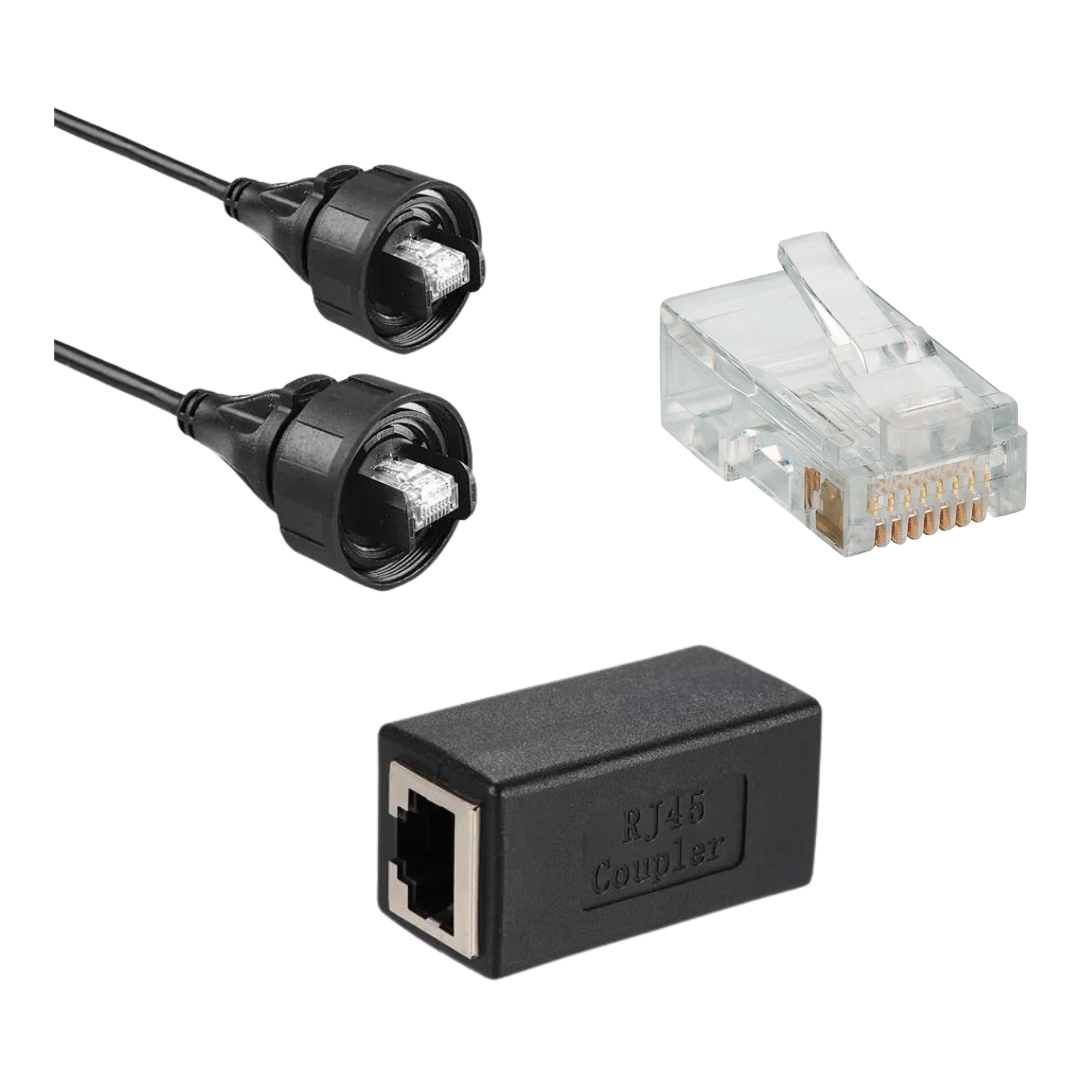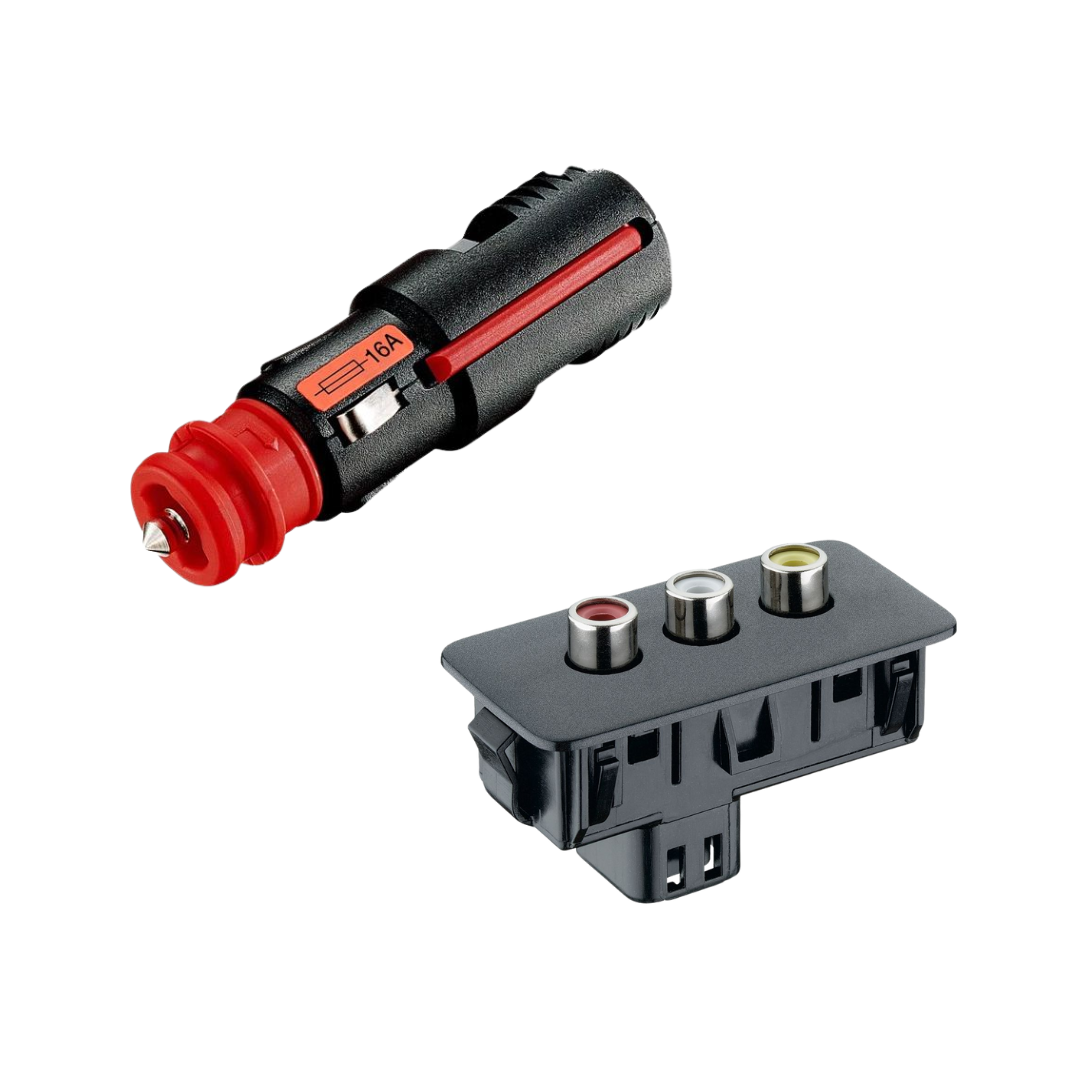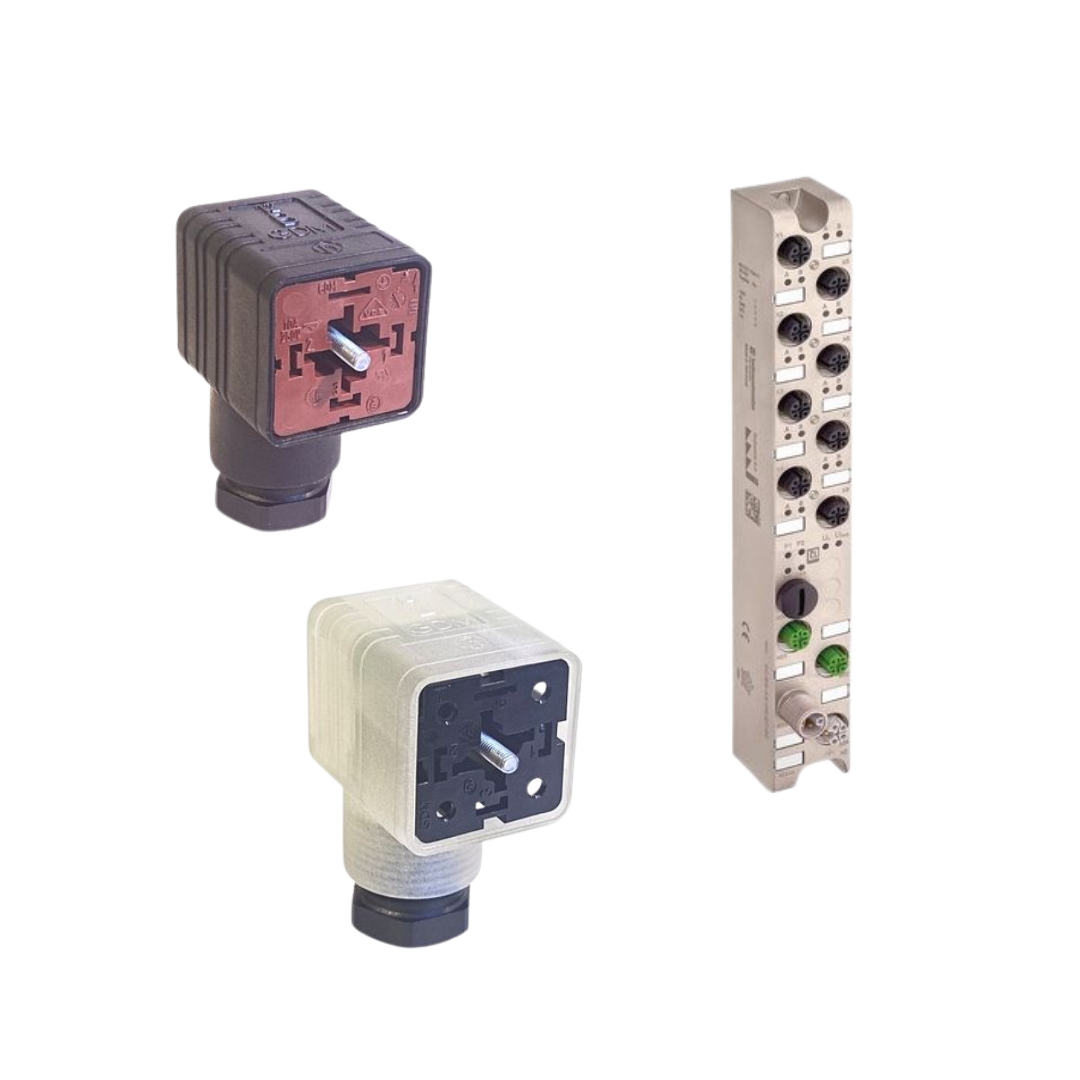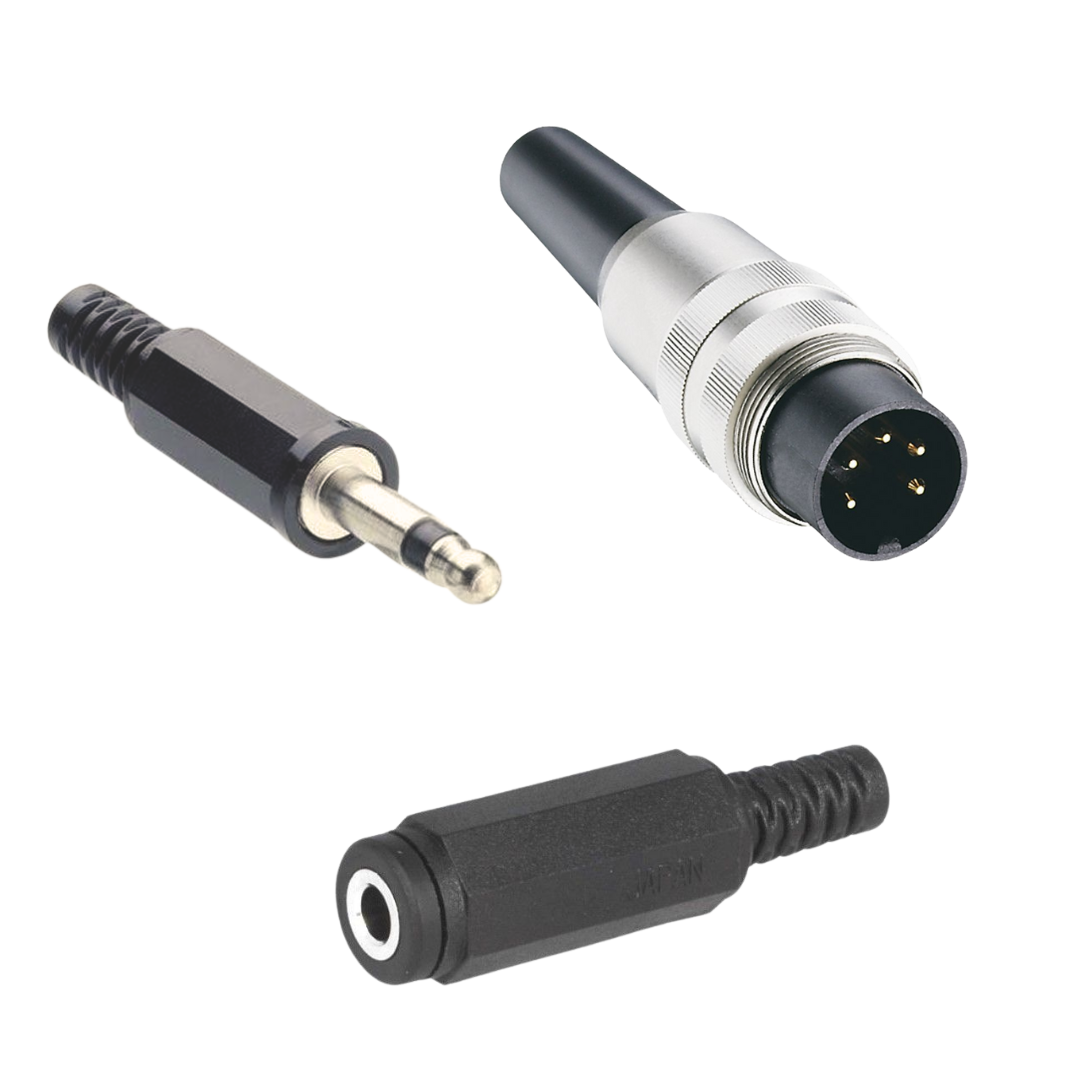26/09/2022
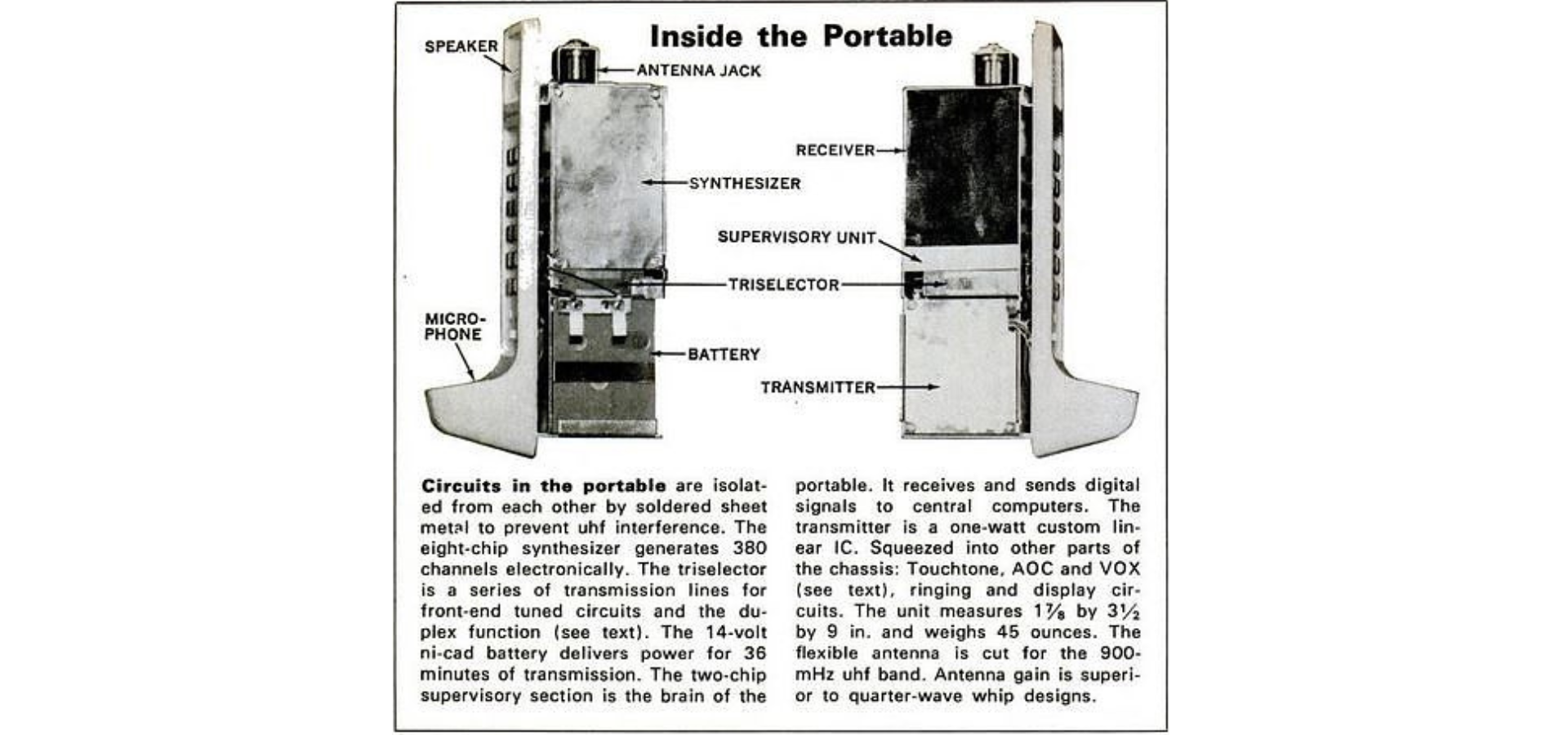
50 Years Ago at the Founding of Lumberg Netherlands - Part 9: Mobile Communication
Fifty years ago, in October 1972, Lumberg Netherlands was established as a branch of the German company Lumberg. This was a significant milestone, and this year we are taking the opportunity to regularly reflect on key moments in our rich history. In this series, we explore what else happened in 1972. Here’s part 9.
Mobile Communication
In 1972, Amos Joel of Bell Labs developed a groundbreaking switching system for mobile communication. This innovation significantly increased the capacity of mobile networks compared to those with a single transmitter. It allowed multiple callers in a specific area to use the same frequency by switching their calls to the nearest available cell tower with that same frequency—a concept known as roaming.
This technique was feasible because a particular radio frequency could be reused in another area for unrelated transmissions. This development laid the foundation for the mobile networks we rely on today.
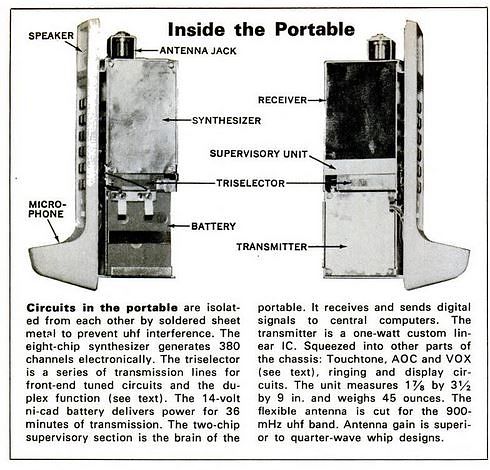
The First Mobile Device
The concept of cellular technology had already been developed by Motorola’s rival, AT&T, whose Bell Labs introduced a system that allowed calls to move from one cell to another while staying on the same channel. However, AT&T focused this technology on car phones, which were becoming commonplace in vehicles in American cities during that time.
At Motorola, the goal was to free users from being confined to their cars to make mobile calls. As a result, Martin Cooper's team at Motorola began designing a prototype of the first true mobile phone in November 1972. Five months later, they had a working prototype.
On the afternoon of April 3, 1973, Motorola held a press conference at the Hilton Midtown Hotel in New York. During the press conference, the company unveiled its project for the mobile “banana.” This model consisted of many individual components that had to be soldered together, as the chip technology we know today had not yet been developed.
Getting Smaller
A few years later, Lumberg developed connector technology for the increasingly smaller mobile phones from companies like Siemens. These connector solutions for mobile communication laid the foundation for Lumberg’s long-standing expertise in the development and manufacturing process.


